Tokyo’s Shōtengai: A Shopper’s Paradise
Tokyo’s shōtengai, or traditional shopping streets, are the lifeblood of the city’s commerce and culture. These vibrant districts trace their origins to postwar black markets and community-driven revitalization efforts following major disasters such as the Great Kanto Earthquake of 1923.
Each shōtengai has its unique charm, blending history, local flavors and shopping experiences. Whether you’re in search of fresh street food, vintage finds or traditional goods, these bustling streets offer a glimpse into Tokyo’s dynamic retail landscape. Here are some of the city’s must-visit shōtengai.
Ueno-Ameyokocho Shōtengai
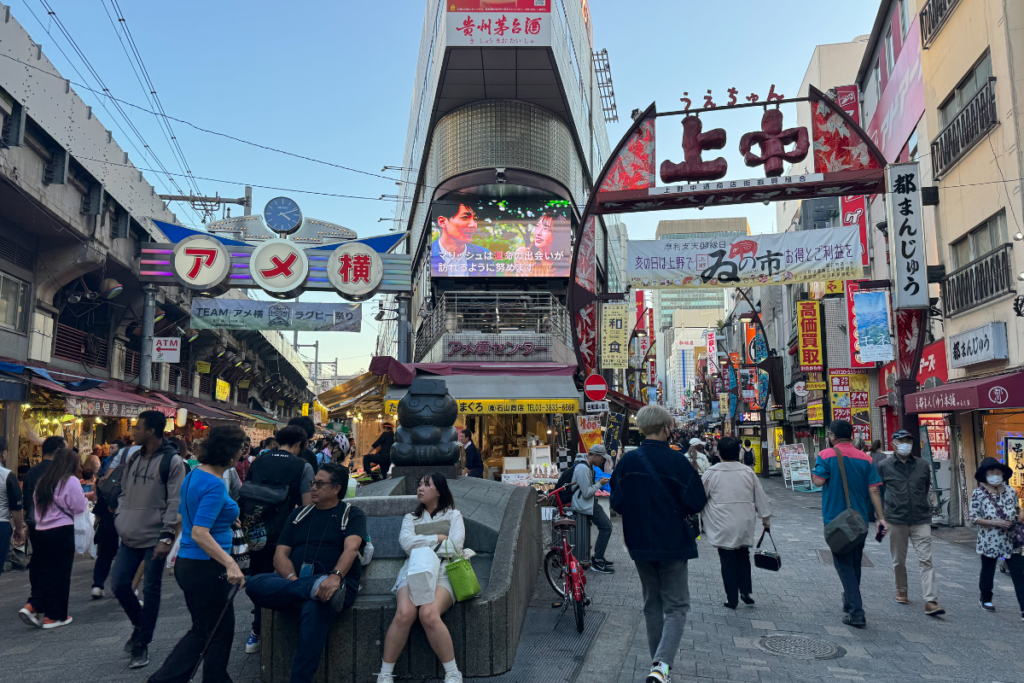
Ueno-Ameyokocho, or Ameyoko, is one of Tokyo’s most vibrant and historic shopping streets, known for its energetic atmosphere and diverse range of goods. Originally a postwar black market, it evolved into a bustling marketplace where bargaining is common, and most shops still operate on a cash-only basis.
Today, Ameyoko is packed with more than 400 stores selling fresh seafood such as tuna and uni (sea urchin). The street also offers affordable clothing, sportswear and vintage military-style fashion. Moreover, Japanese and Korean cosmetics, watches and pre-owned designer goods are also available. It remains a haven for snack lovers, offering traditional Japanese sweets such as mochi and senbei (rice crackers). Along with international chocolates and street food such as takoyaki and yakitori.
The district is also a great spot for unique Tokyo souvenirs, from maneki-neko figurines to chopsticks and lucky charms. Famous for its lively market feel, Ameyoko continues to attract both bargain hunters and food enthusiasts looking for an authentic shopping experience in Tokyo.
Closest Station: Ueno Station
Sugamo Jizo-Dori Shōtengai
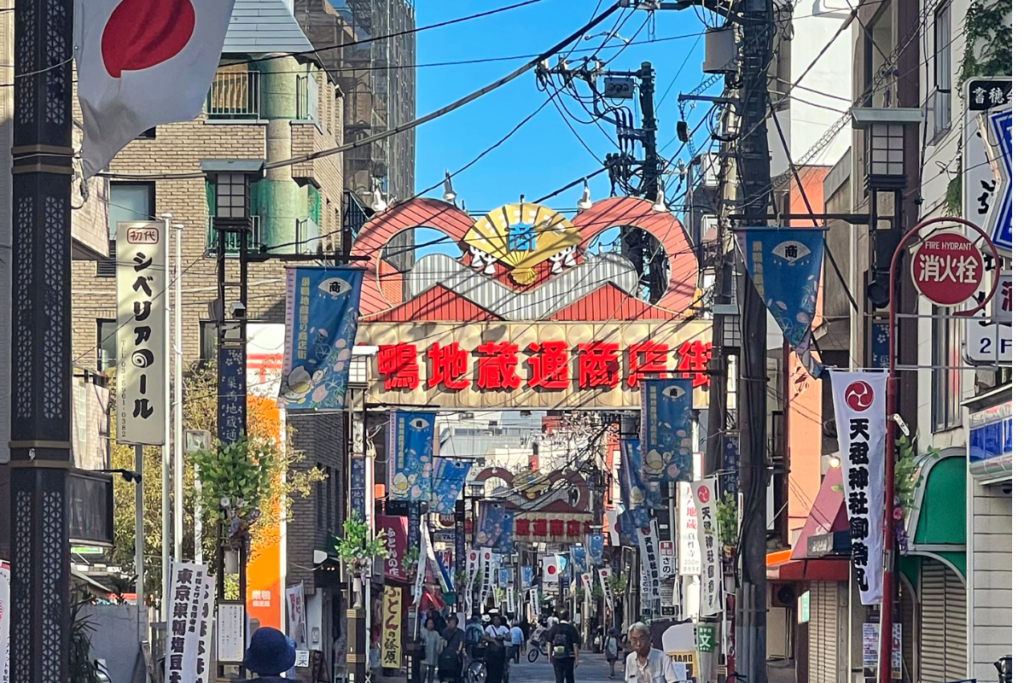
Known as “Grandma’s Harajuku,” Sugamo Jizo-Dori is a peaceful shopping street in Tokyo that caters to the older generation with more than 200 shops. They offer traditional sweets, herbal remedies and comfortable clothing. The heart of the district is Koganji Temple, home to the revered Togenuki Jizo, believed to have healing powers. Visitors purchase osugata, sacred paper slips said to aid recovery when consumed or applied to an ailing body part.
Among the many local treats, a must-try is shio daifuku (salted red bean mochi) from Mizuno, a beloved confectionery. With its nostalgic charm and slower pace, Sugamo Jizo-Dori provides a unique glimpse into traditional Tokyo, making it a favorite spot for both elderly locals and curious visitors.
Closest Station: Sugamo Station
Nakano Sun Mall Shōtengai
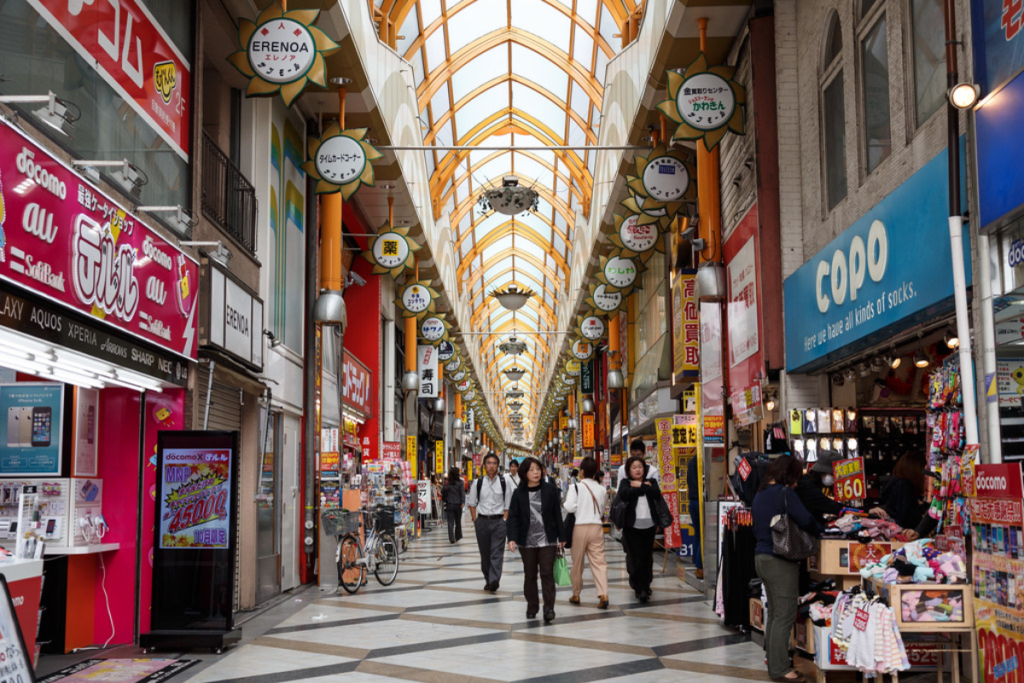
Located west of Shinjuku, Nakano Sun Mall is a vibrant, covered shopping arcade bathed in natural light, originally designed in 1966 as a futuristic commercial street. It later evolved into a hotspot for otaku culture. The arcade is lined with a mix of mainstream retail stores, quirky boutiques and anime and manga specialty shops.
The street leads into the legendary Nakano Broadway, a multi-story complex that has become a pilgrimage site for collectors. Here, visitors can find rare vintage toys, retro gaming consoles, figurines and limited-edition anime merchandise, along with secondhand bookstores and independent art shops.
The area also boasts a thriving food scene, with Bonjour Bon bakery drawing crowds for its famously fluffy melonpan. With its unique blend of nostalgia, subculture and hard-to-find collectibles, Nakano Sun Mall and Nakano Broadway offer an immersive shopping experience that attracts anime fans, hobbyists and pop culture enthusiasts from all over Japan and beyond.
Closest Station: Nakano Station
Togoshi-Ginza Shōtengai
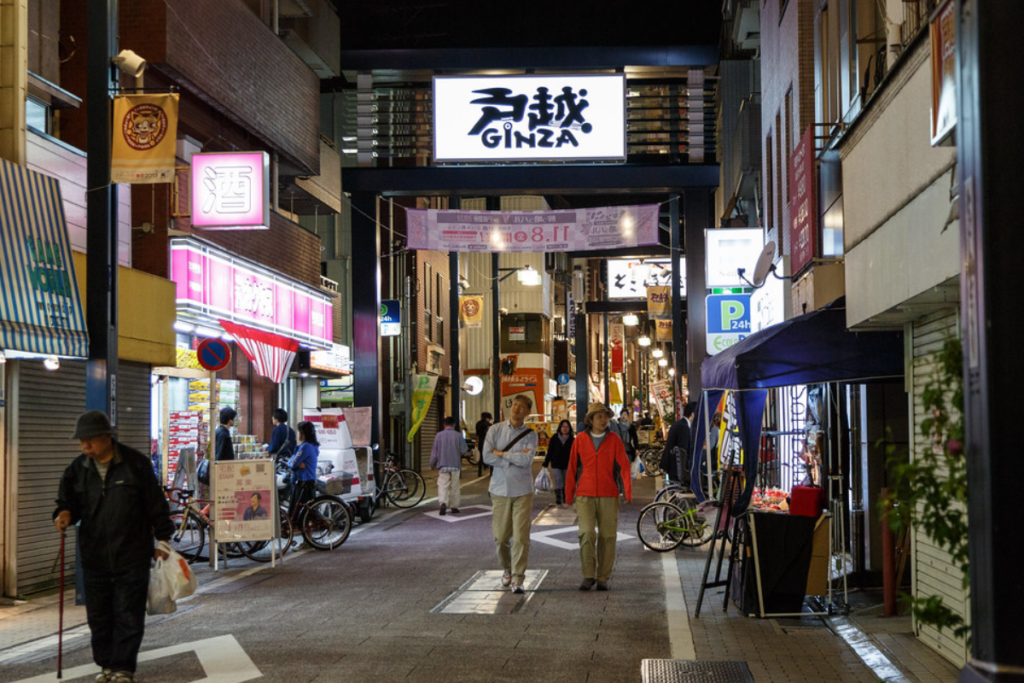
Stretching 1.3 kilometers, Togoshi-Ginza is one of Tokyo’s longest and most vibrant shopping streets, lined with more than 400 businesses ranging from family-owned shops and local produce markets to specialty stores and cozy eateries. Unlike the city’s busier commercial districts, Togoshi-Ginza maintains a friendly, laid-back atmosphere, making it a favorite for those seeking a more relaxed shopping experience.
The street is also one of the few places in Tokyo where tabe-aruki, the practice of eating while walking, is encouraged, giving it a lively street food culture. A highlight of the area is the Togoshi croquette, a crispy, golden-fried snack with a range of flavors from classic beef and potato to rich, creamy variations filled with cheese or curry.
In addition to its famous croquettes, Togoshi-Ginza is home to a variety of traditional confectionery shops, yakitori stalls and izakayas, making it a haven for food lovers. Whether you’re sampling local delicacies, browsing artisan goods or enjoying the nostalgic charm of this community-driven shopping district, Togoshi-Ginza offers an authentic slice of Tokyo life that blends history, tradition and everyday local culture.
Closest Station: Togoshi-Ginza Station
Shimokitazawa Shōtengai
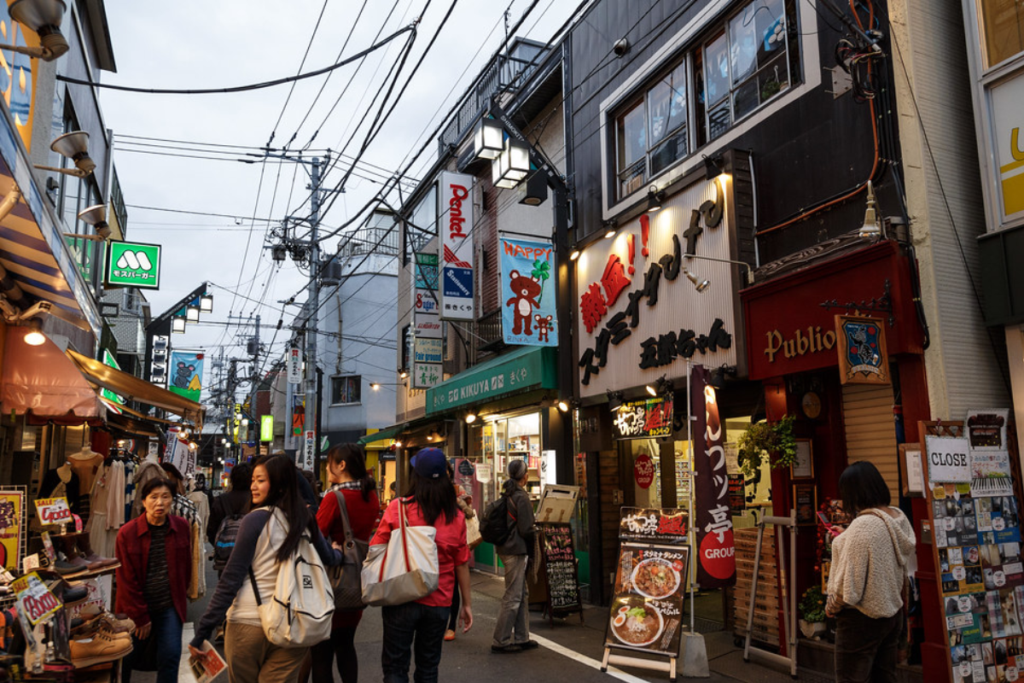
Shimokitazawa is Tokyo’s ultimate destination for vintage shopping, indie culture and bohemian charm, attracting trendsetters and creatives alike. Once an agricultural area, the neighborhood transformed into a thriving market district after World War II. It has since become a hub for thrift fashion, street art and alternative music. Its narrow alleyways are lined with small boutiques offering curated secondhand treasures. From classic American letterman jackets and vintage denim to retro designer pieces at surprisingly affordable prices.
Beyond shopping, Shimokitazawa is famous for its vibrant arts scene, with cozy record stores, underground theaters and intimate live music venues. These venues showcasing everything from indie rock to jazz. Quirky cafes, themed bars and specialty coffee shops add to the laid-back, artistic atmosphere. Thus making it a favorite hangout for Tokyo’s young creatives and free spirits.
Whether you’re hunting for rare vintage finds, discovering new music or soaking in the eclectic energy of its streets, Shimokitazawa offers a unique blend of nostalgia and innovation that sets it apart from Tokyo’s more commercial districts.
Closest Station: Shimokitazawa Station

